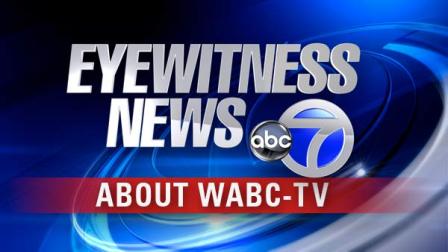If you live in the middle of North Dakota, it may seem awfully enticing to watch those slickly-produced programs on WABC in New York City. I know that when I’m out west, I would love to watch the late night shows at 8:00pm, too. The problem is, you can’t, and here’s why.
First of all you’re not allowed to.
The whole world of satellite TV rests on a law called STELA, which gives satellite TV providers the right to include local channels. See, without STELA it would be illegal to do that, since it’s illegal to broadcast local channels outside a local area, and satellites are definitely outside of everyone’s local area. STELA provides a very specific exception to the rule; DIRECTV and DISH can provide local channels to people in the areas they serve provided that they have an ironclad way of making sure people don’t get out-of-market locals when they shouldn’t. This is done using “conditional access” technology, where your receivers are only authorized for the programs and channels that the provider says. If the central computer says you can’t get it, you can’t get it.
And then, it’s sort of impossible technically most of the time.
The other piece of the puzzle is that both DIRECTV and DISH use what is called “spot beam” technology. Spot beams let the satellite companies use the same broadcast frequencies over and over by focusing their transmissions on small areas that don’t overlap. For example (and this is only an example) they can use the same frequencies for Washington DC and Seattle WA because there’s no overlap. This is similar to what “terrestrial” broadcasting does — it’s why there can be a channel 4 in New York and a channel 4 in Miami. The signals just don’t touch.
Spot beams are used because it would be cost prohibitive to have 4,000 different broadcast licenses and because, thanks to STELA, the local channels don’t need to go all over the country anyway.
What about “distant network service?”
A generation ago, before DIRECTV and DISH had local channels. you could get a waiver to use what are called “DNS” or “distant network service” channels. Distant network services channels broadcast nationally. They are on satellites that cover the whole country. With the proper authorization, you get them. The trick is you could only be authorized to get them if DIRECTV or DISH didn’t carry your local channels. Since the pay-TV services now cover over 98% of the country with locals, the DNS program technically no longer exists. There is technically an option. You could get a representative from every local channel in your area to sign a waiver. With those in hand, you could technically request out-of-market locals. Realistically that never happens. The New York and Los Angeles feeds broadcast on satellites that broadcast them nationally. Practically speaking, no one outside of those markets qualifies to get them.

Truth is, these waivers are practically impossible to get. The folks at AT&T’s call center won’t help you get them, and very few dealers even know they exist. Luckily, you have a friend at Solid Signal. If anyone can help you, it’s them. I’m not promising, of course, because officially channel waivers don’t even exist anymore. DIRECTV covers so much of the country that customers don’t need this service. But the experts at Solid Signal have their ways. Call us at 888-233-7563 and we’ll do our best. If it’s after East Coast business hours, fill out the form below. We’ll get back to you, usually within 24 hours.





